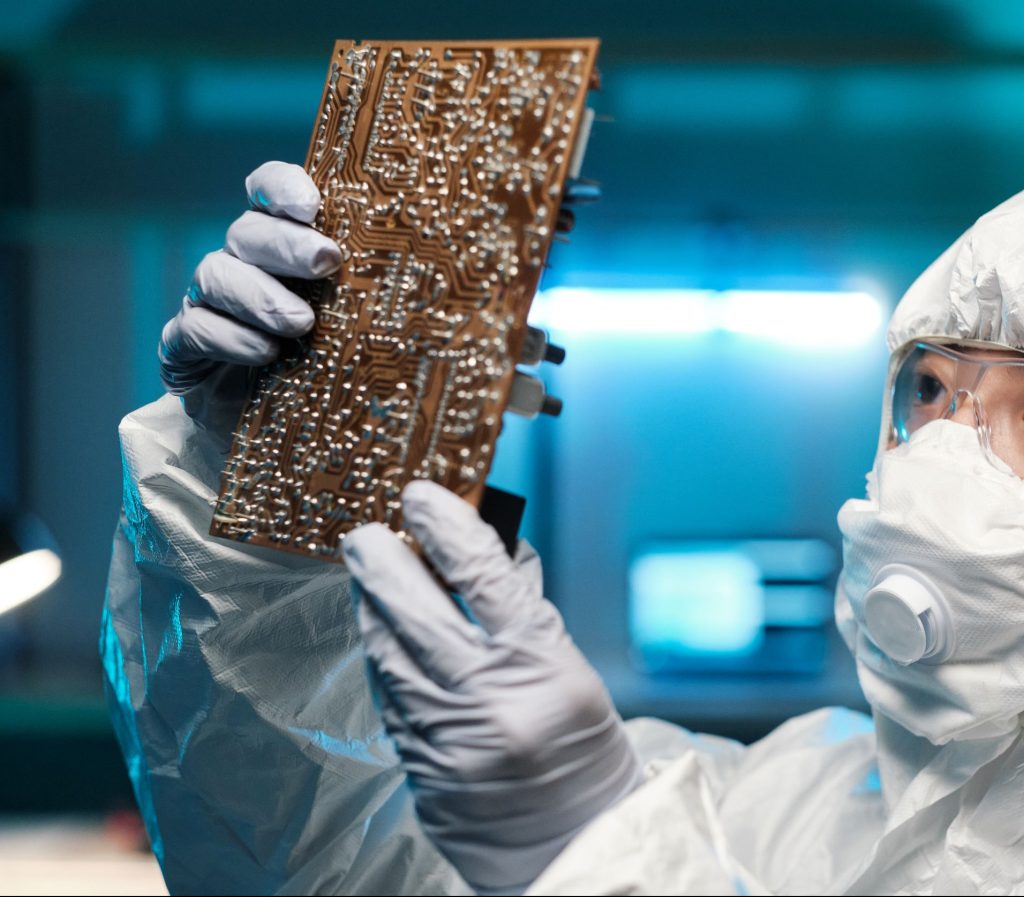Brominated fire retardants in discarded electrical equipment
Waste from electrical and electronic equipment may contain brominated fire retardants. These substances are poorly biodegradable (persistent), harmful, toxic, potentially carcinogenic, and hazardous to the environment due to their chemical properties. The highest concentrations are typically found in old televisions and computers. Brominated fire retardants can be released when these discarded devices are reused. During incomplete combustion, brominated fire retardants can be converted into dangerous brominated dioxins, posing a risk to human health and the environment. Therefore, it is essential that they are processed according to European legislation.
Since 2002, collectors and processors have been required to remove brominated fire retardants from electronic waste according to European legislation. To ensure compliance and enforcement, the The Human Environment and Transport Inspectorate (ILT) needs threshold values for brominated flame retardants. Similarly, an effective measurement method is needed to determine whether a device contains brominated flame retardants.
Based on current knowledge, only four out of approximately ten commonly used substances have binding threshold values. Furthermore, there are several measurement methods available, but most of them have yet to be adequately validated. The Dutch National Institute for Public Health and the Environment (RIVM) proposes combining the ILT’s current bromine screening method, known as XRF analysis, with a specific analysis to determine the presence of bromine-containing fire retardants.
Other relevant publications
Environmental impact and health risk assessment of potentially toxic metals from e-waste
Assessment of the environmental impacts and health risks of potentially toxic metals from different activities related to e-waste processing
Gaining insight into Substances of Very High Concern in a circular economy
Insight into substances of very high concern in the circular economy, how they can be monitored and processed safely
Directive hazardous substances in EEE 2011
This Directive lays down rules on the restriction of the use of hazardous substances in electrical and electronic equipment (EEE)







